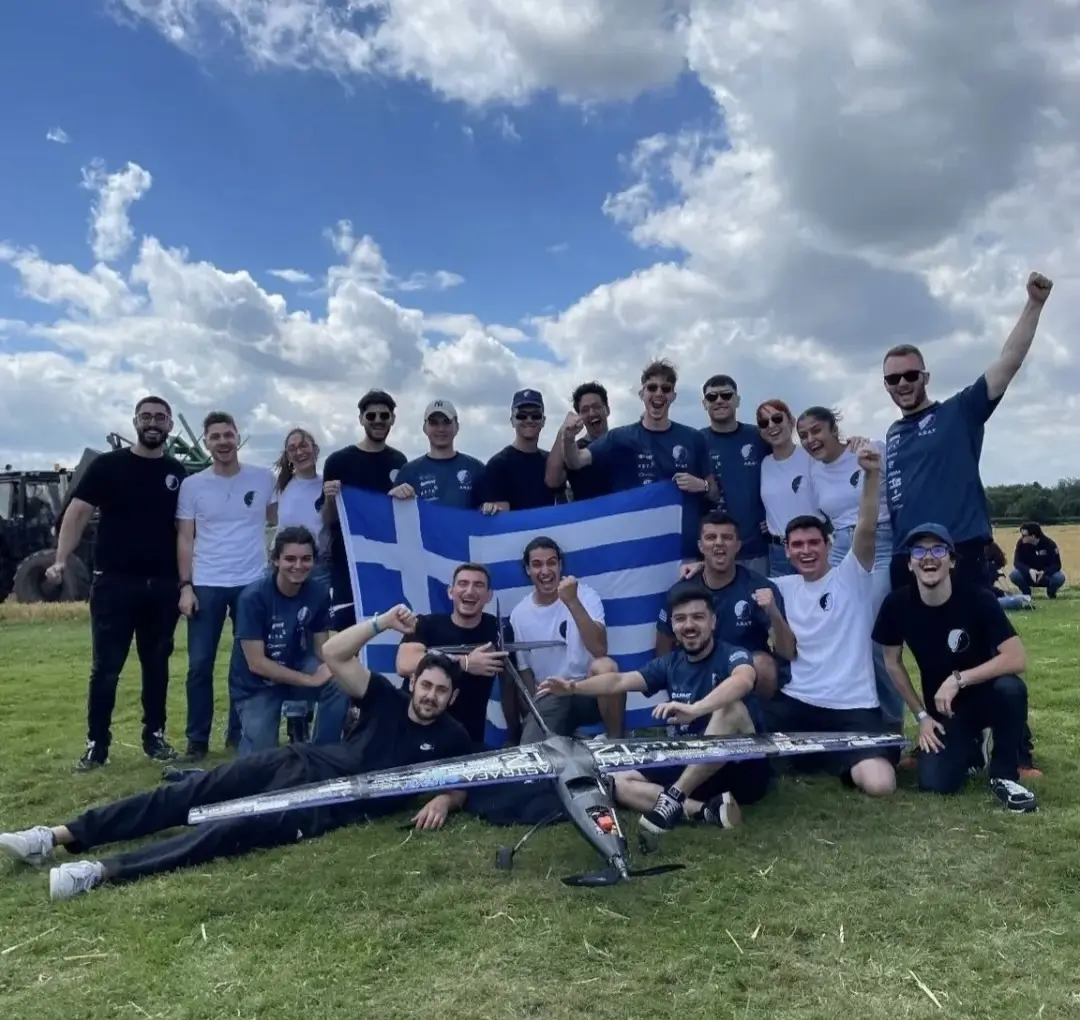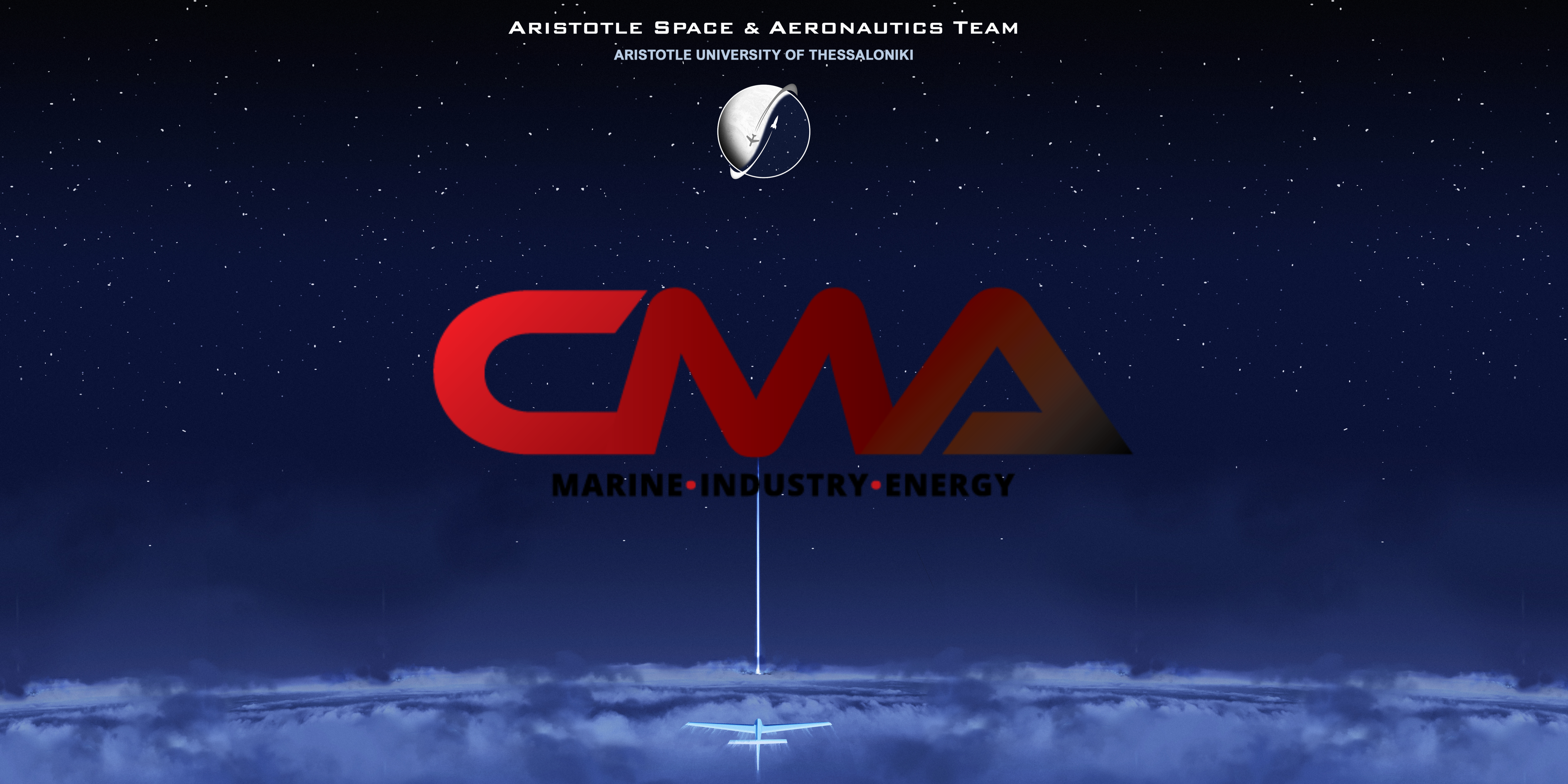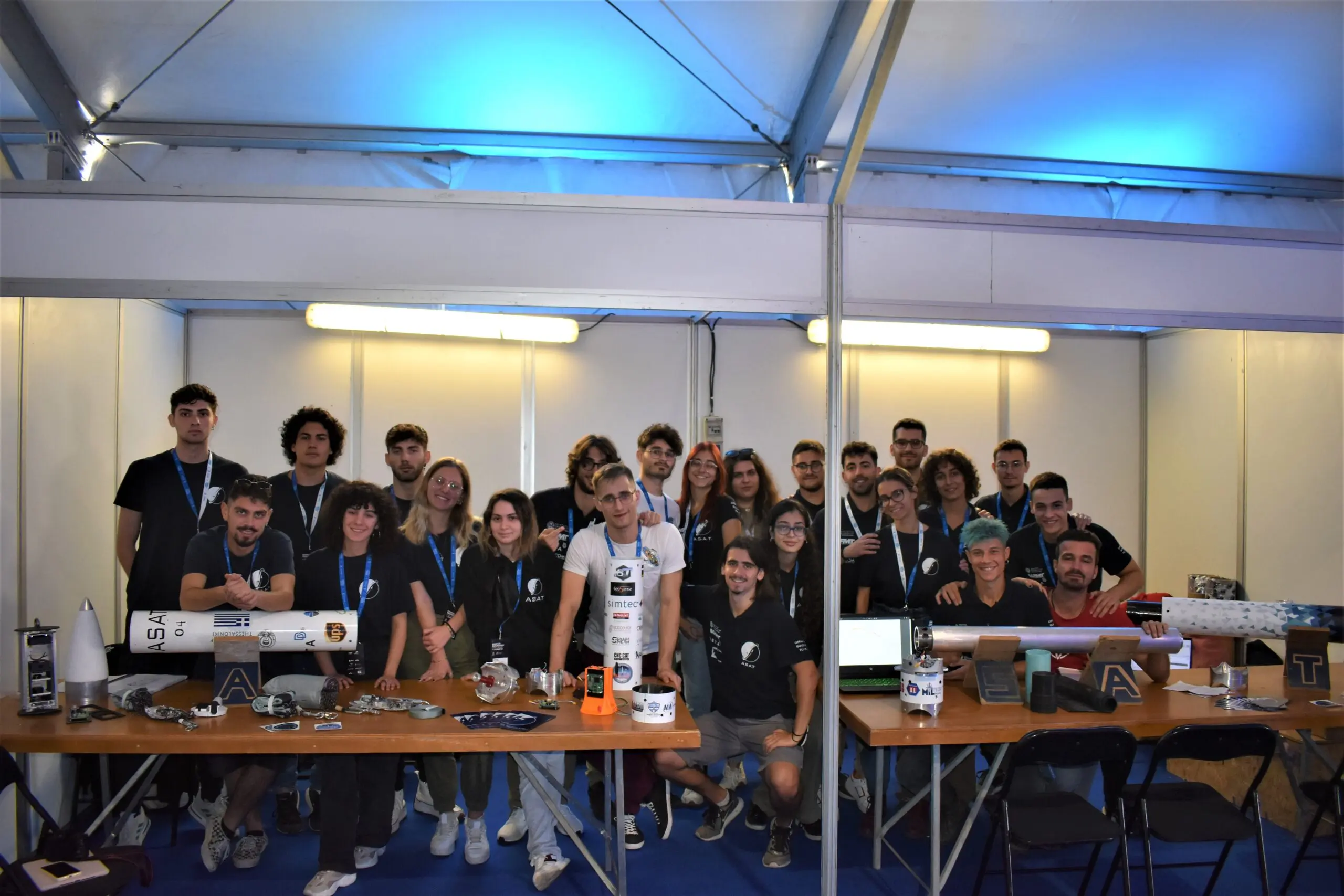Can humanity develop sustainable and autonomous colonies beyond Earth? Will we ever traverse the interstellar medium with the same trivial demeanor as we do the Atlantic ocean nowadays?
Landing on the moon as part of the Apollo program sparked our imagination and enthusiasm about the possibility of becoming an interplanetary society. Exciting though it may be, this possibility brings about two questions of paramount importance; what will it do to our body and how will we utilize the hostile extraterrestrial environment to become independent of Earth?
The goal of the Science Unit subsystem is to make a small step towards answering those questions. We are designing an experiment that will investigate, in unprecedented detail, the effect that travelling in space, even as close as around the Earth, confers on a microscopic level on living cells. We are studying eukaryotic cells, the type of cells that yeast, plants, animals and us are made of, hoping to uncover conserved cellular responses to environmental stimuli that can shed light on how human cells will behave when exposed to similar conditions.

Yeast cells are put under the microscope, because in addition to their aforementioned potential to illuminate molecular events common to human cells, they have been invaluable tools for the production of a plethora of useful substances on Earth and show great promise to be in space as well. These range from biofuels and polymers to pharmaceutical substances for astronauts and more. Therefore, it is crucial to understand and quantify their behavior in space if we hope to use them in future missions.
So why hasn’t it been done before? The problem is fitting an entire laboratory inside a small cube 10 cm on each side. At the heart of the experiment lies the substitution of the usual laboratory sensors with biological systems designed and constructed to perform a similar task inside the cells themselves. And, unlike the way cells are usually cultured, we are utilizing a device, namely a microfluidic chip, that allows us to grow and observe a single cell, or rather multiple single cells.


The Science Unit, as of now, consists of 3 members, all of whom are undergraduate students at the Aristotle University of Thessaloniki. Asteris and Charis are studying Medicine, while Stavros is studying Electrical & Computer Engineering. Currently, Asteris is exploring different chip architectures for the culture of cells, Charis is developing the genetic circuits to be integrated in the candidate yeast strains while Stavros is designing the PCB and finalizing work on the various monitoring and control sensors for it. In parallel, the team is collaboratively developing a novel miniaturized fluorescence microscope.

Astraea in Air Cargo Challenge 2024
In 2024, for the 4th time our team had the opportunity to participate in the Air Cargo Challenge that took place in Aachen, Germany. ACC



